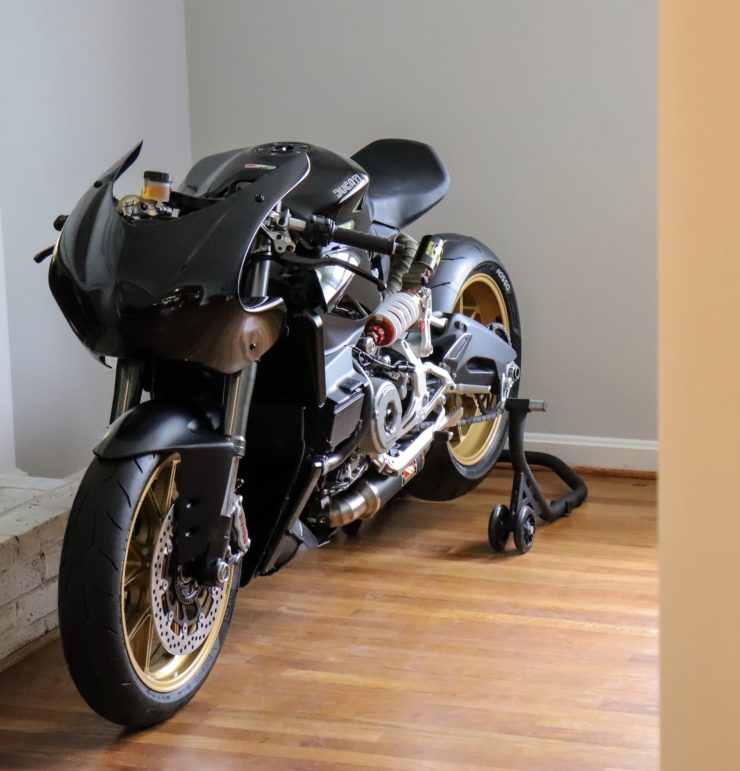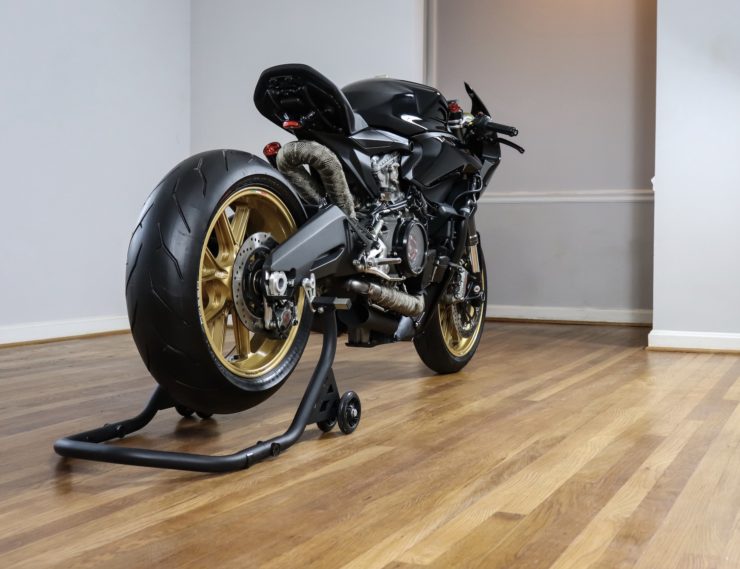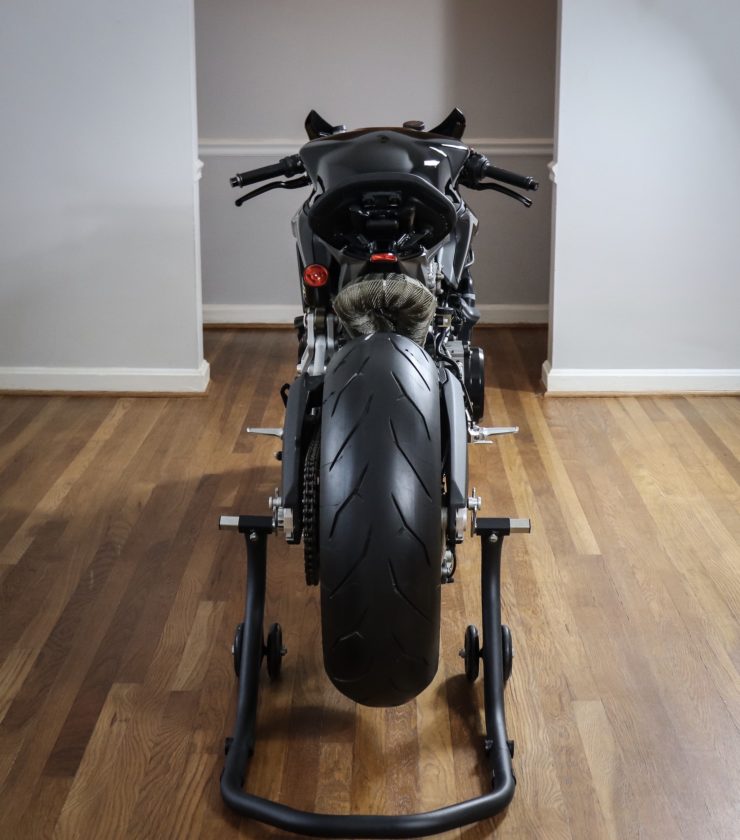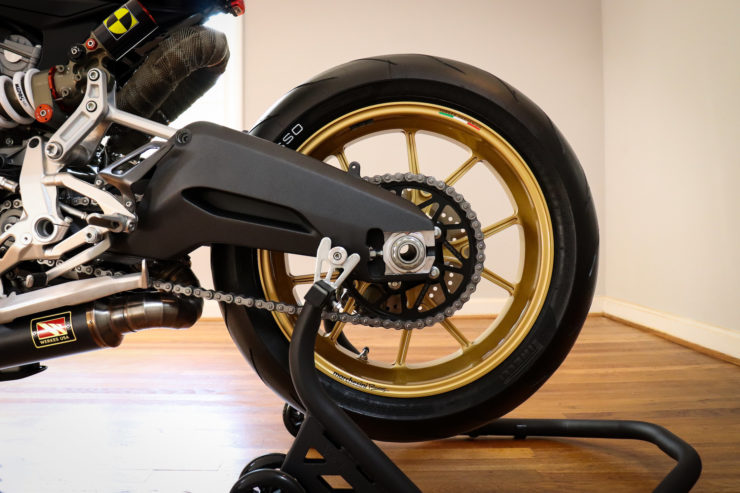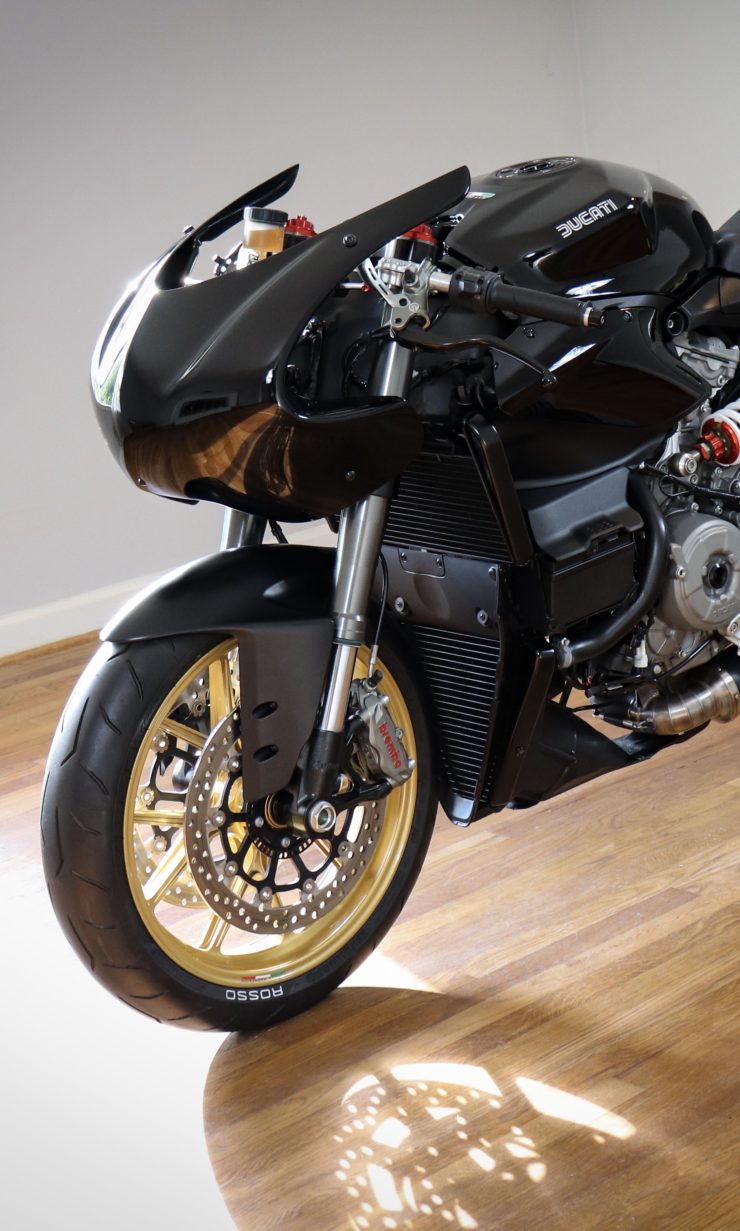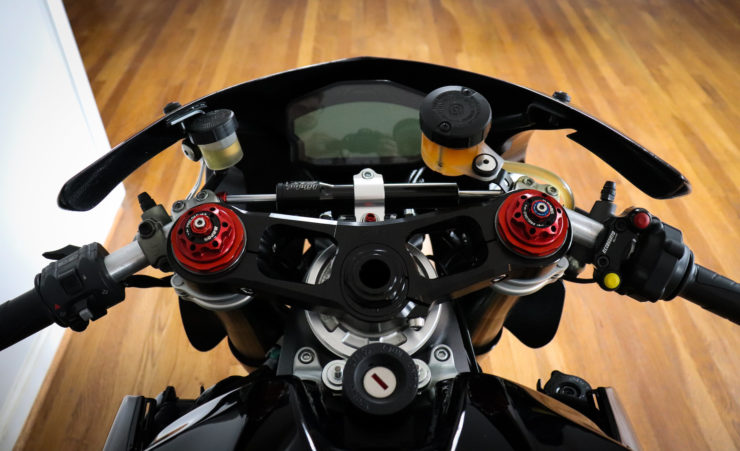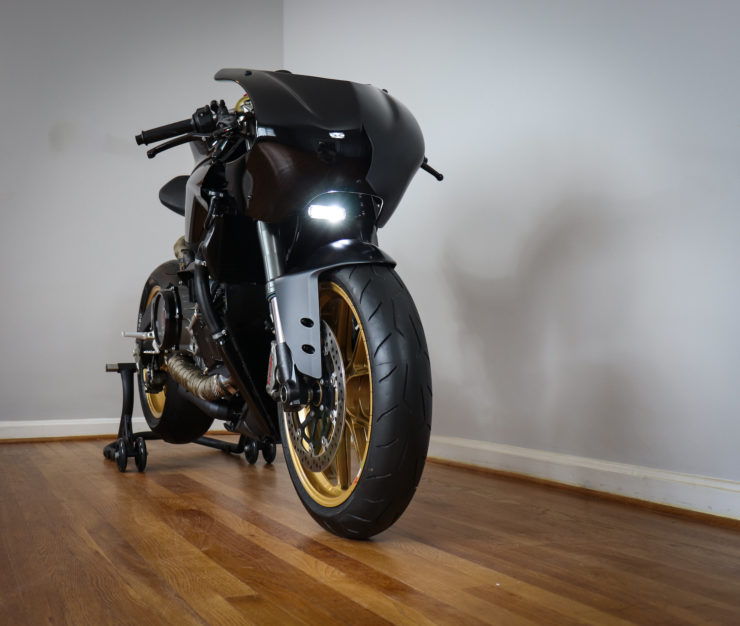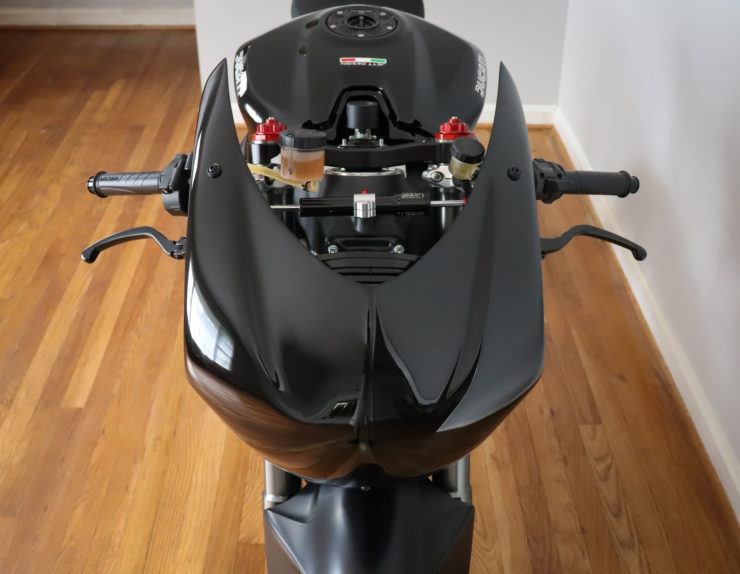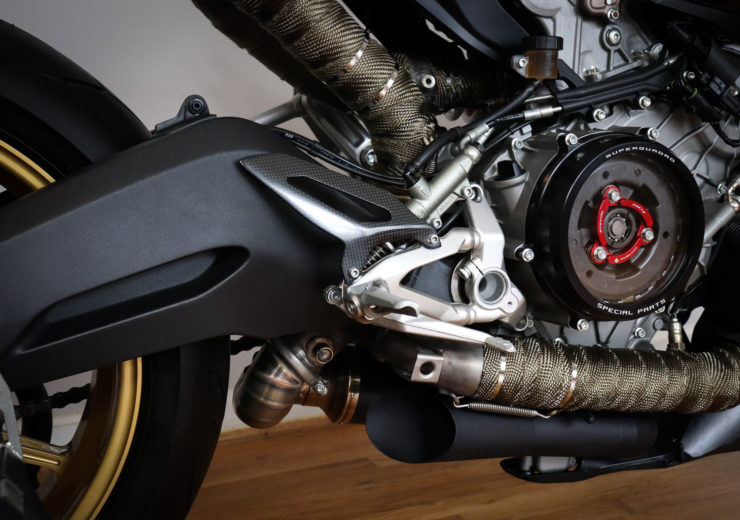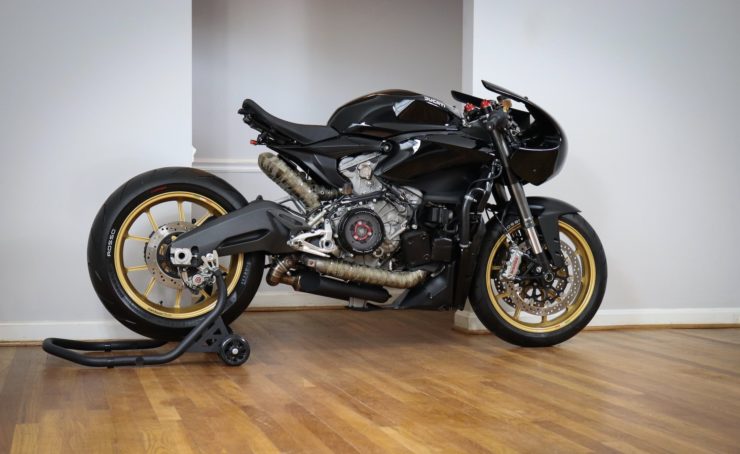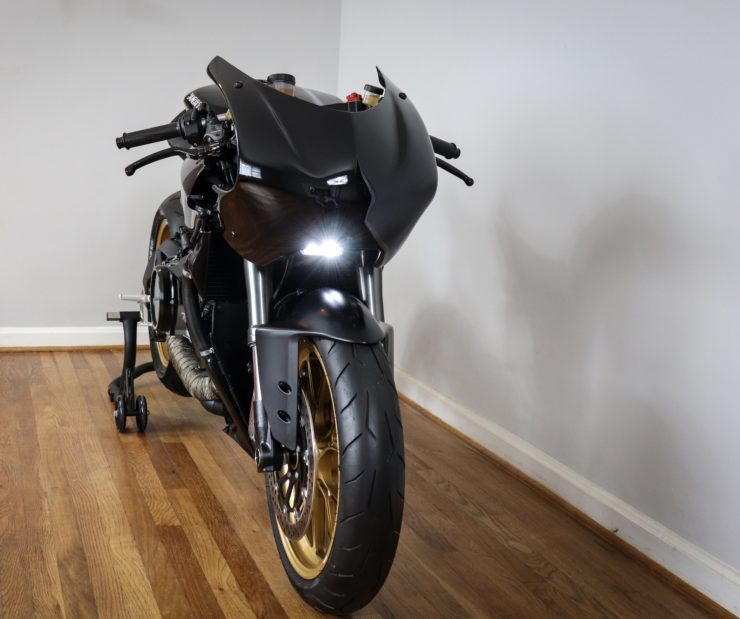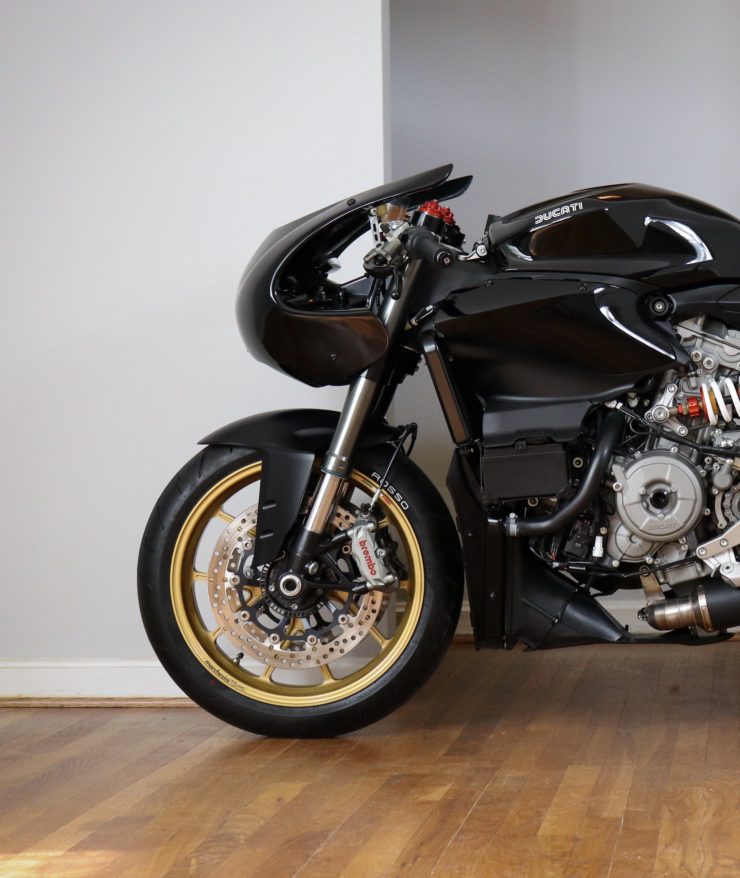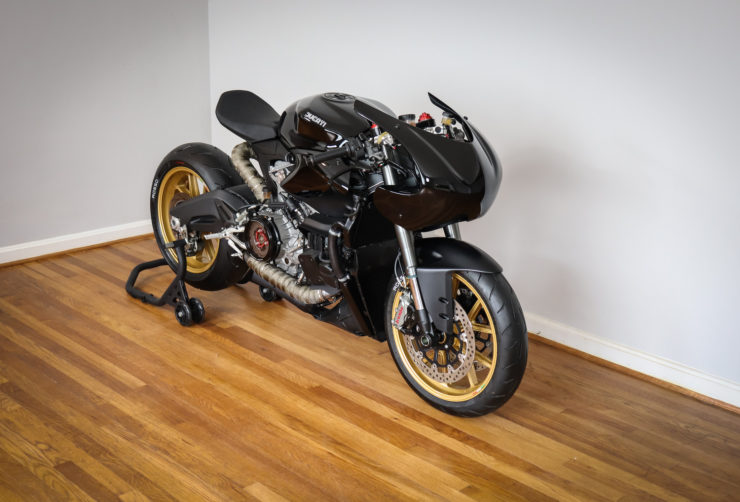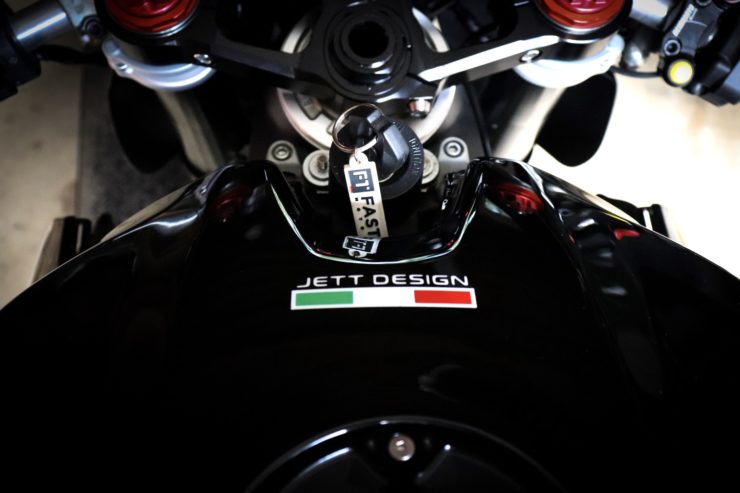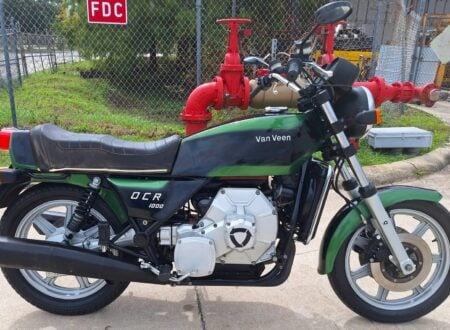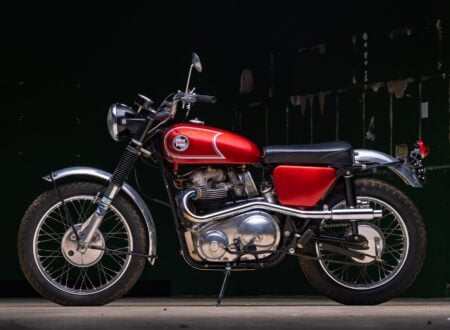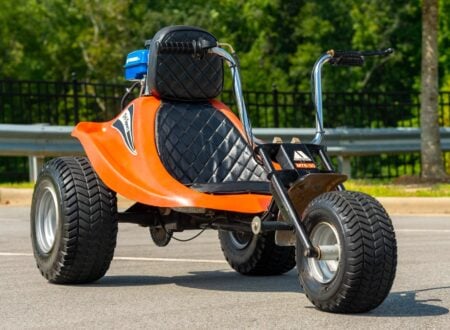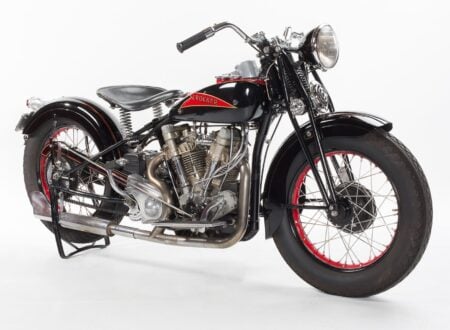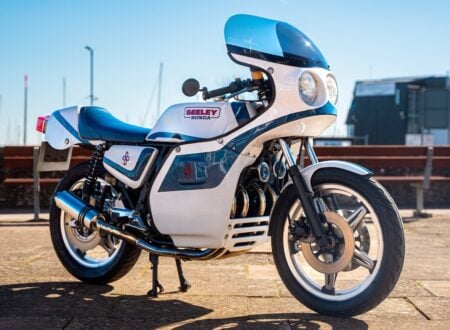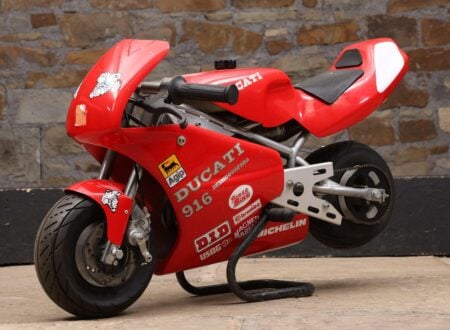It takes a brave person to customize a new Ducati 959 Panigale, it’s a motorcycle that’s already perfect according to many in the motorcycle community, and the Ducati fanbase is one of the most fanatical and least likely to tolerate any perceived sacrilege.
That said, there’s always room for improvement and in the case of superbikes a little weight loss and additional power can go a long way indeed.
The Ducati 959 Panigale
The Ducati 959 Panigale was first released in 2016 as a replacement for the 899 Panigale, the model family takes its name from the small manufacturing town of Borgo Panigale in Italy. A variety of engine sizes have been offered since the first Panigale was introduced in 2011 and all Panigales have been fitted with modified versions of the same power unit – the liquid-cooled 90° V-twin Ducati Superquadro engine.
The Ducati Superquadro features four valves per cylinder operated using Ducati’s signature Desmodromic system that uses one cam lobe to open a valve and one to close it – rather than the far more common valve spring return system. Superquadro engine sizes have ranged from 898cc up to 1,285cc, with power ranging from 148 hp to 194 hp in the largest iteration.
The 959 Panigale used an aluminium alloy chassis and the engine is a load-bearing member. Suspension consists of fully adjustable 43 mm Showa USD forks up front with a fully adjustable Sachs monoshock in the rear, and the brakes consist of Brembo radial monobloc calipers up front on 320mm rotors and there’s a Brembo 245mm disc on the rear.
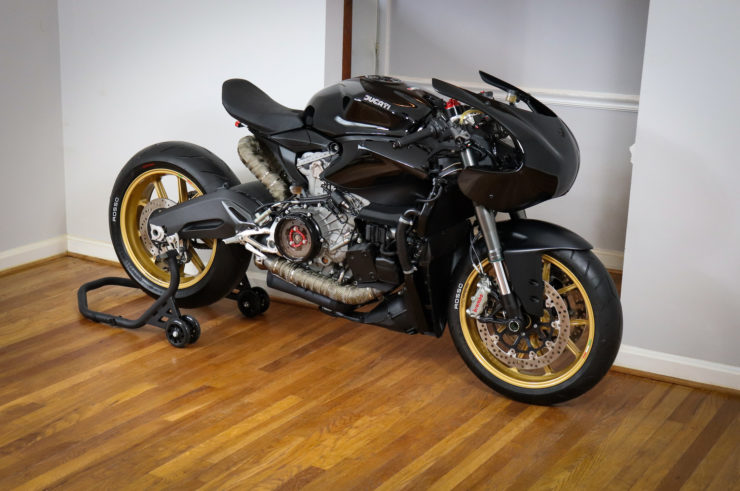
The Ducati 959 Panigale Custom by Jett Design
Words by Andrew Jett
This bike build was performed in house by me – Andrew Jett of Jett Design. I studied art/design in college and have always been intrigued by fast cars and motorcycles. I have combined the two passions of design and motorcycles into what is Jett Design. I like to strip things down, getting them as light as possible. Designing the body of the motorcycle allows me to merge my creativity with real functionality.
I am a one man design and build team, which enables me to oversee every facet as I envisioned it. I personally try to create original and lightweight designs based on Ducati motorcycles.
This bike was bought brand new off the showroom floor in early 2017. It was the first Ducati I had ever purchased, and I bought it as my personal bike. Since then, I knew I’d love to build a full custom out of it. This bike has always been my personal favorite. It’s raw, it’s visceral, it’s fast and it provides such an intense riding experience.
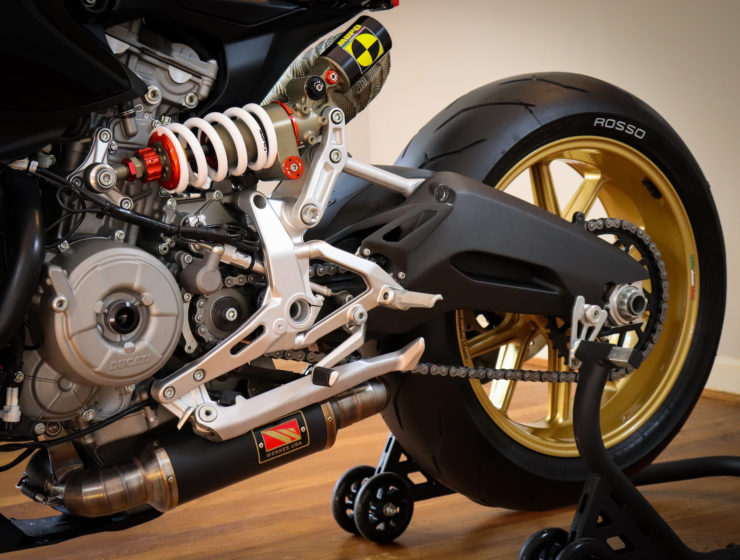
Call me crazy for chopping up a brand new Ducati Panigale. After a season of riding, it sat in my workshop for almost 2 years while I envisioned the design and how to make it all work. During that time other bikes were built, but the Panigale sat, always in my line of vision and in the back of my mind. It was by far the most difficult bike to redesign and build because it is such a beautiful bike from the factory.
I knew whatever design I came up with, it had to be sleek and fit the nature of the bike. The design personality of this bike reflects that of industrialism and showcases all of the engineering and mechanicals. I specifically wanted to show everything that the factory bodywork deliberately covered up.
This design translation was my personal vision of what a super-naked (naked superbike) should be. I wanted the end result to be a stripped down-lightweight, with a naked bike riding experience.
I fabricated a one off-bespoke front half-fairing. This fairing was built to cover the electronic gauge cluster and front wiring. Under the front fairing resides a 180 gram (less than half a pound) 1200 lumens LED race light, for night riding.
Custom side wings were then built to further cover up the ECU and electronics on either side of the bike. An aluminum and carbon fibre front fairing stay was built to secure the front fairing. Paint work was done by Kevin Petitt of Petittbilt Custom Paint Work – the man is an artist.
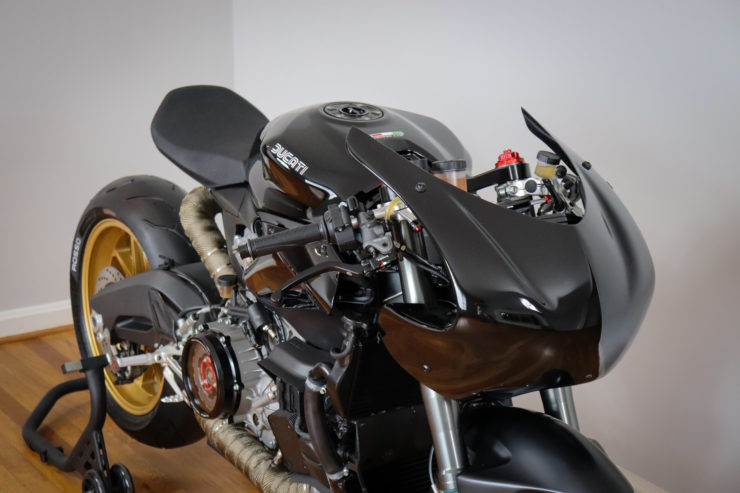
Aluminum and carbon were chosen for their lightweight qualities, further reducing the bike’s overall weight. The tail section uses a one-off Jett Design lightweight rear subframe. The radiator support was also redesigned by Jett Design to be lighter and less intrusive in its appearance.
The exhaust is a modified Werkes USA muffler section connected to stock headers (stock headers were kept because they better fit the smaller displacement of this 955cc Superquadro motor, rather than the larger 1299 Panigale that benefits from larger aftermarket header primaries).
The final list of major parts used on this build:
– Marchesini Racing forged magnesium limited edition wheels
– Jett Design bespoke front fairing
– Jett Design bespoke side wings (either side)
– Jett Design radiator support
– Jett Design lightweight rear subframe
– Jett Design front headlight bracket
– Jett Design modified seat
– Werkes USA exhaust – modified muffler section (just 6 lbs in total versus 17lbs for factory muffler)
– Full Mupo suspension (front and rear)
– Jett Design billet aluminum spools
– Jett Design aluminum and carbon fiber front fairing stay
– Brembo RCS 19 brake master cylinder
– Accossato racing start/kill switches
– Superlite Sprocket kit/ 520 chain
– Bitubo fully adjustable steering damper
– LED front and rear lighting
– F.C.C. slipper clutch
– Billet upper and lower triple trees
– Factory quick shifter
– Ducati special parts fuel filler cap
– CRG bar ends
– Lithium race battery
– K&N race air filer
– ECU Up-map tune by Duc Pond Motorsports
The overall wet weight comes in at just 354 lbs or 160 kg and engine power is 165 bhp better than a 1:1 power to weight ratio. This is a notable improvement over the original dry weight of 388 lbs (176 kg) and 157 bhp.
Visit Jett Design here
Follow Jett Design on Facebook – Instagram
